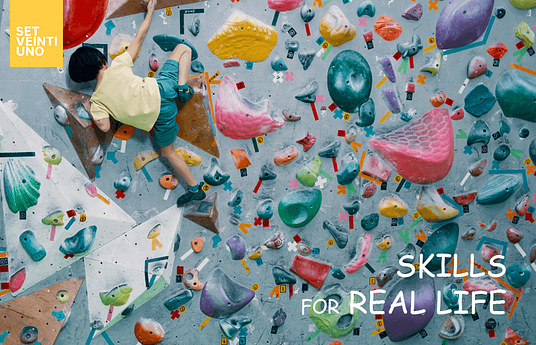Today, people are removed from nature and students learn about plant and animal care from books. Plant Academy brings animal and plant care to the students. They get a chance to care for plants including different herbs and flowers and even a few animals.
Plant Academy is a model centering around a greenhouse combining school life, environmental education and entrepreneurial education. The ultimate goal is to guide students towards a sustainable lifestyle – everyone forms the environment of tomorrow with the choices they make today. Plant Academy also helps students to recognize their own strengths.
Plant Academy is designed for the seasonal cycle in the northern hemisphere and the Finnish school year. Fall is a time for harvest, clearing the area and preparing for the holiday school sale. After the New Year you should plant spring crops and prepare the soil for transplants. Students can sell the seedlings they nurture in the spring.
Students grow and nurture the plants in the greenhouse. They also develop entrepreneurial skills as they market and sell their seedlings and plants to the locals. Plant Academy aligns perfectly with the reformed Finnish national core curriculum – students participate and take responsibility in a common project. Students gain a broad, hands-on education completing various tasks in the greenhouse.
Plant Academy was implemented in the fall of 2013 at the Mankola comprehensive school. At the time, the school was being founded on a site of an agricultural college. The greenhouse was last used in the 1990s. Plant Academy grew rapidly from these humble beginnings.
The Mankola comprehensive school includes much more than a greenhouse. It has a room dedicated to laboratory work and crafts for 15 students, a nature museum complete with various stuffed animals and rock samples as well as cages for budgies and finches. The greenhouse is 120 m² and most of the area is dedicated to a winter garden. The head of the greenhouse is for transplanting.




